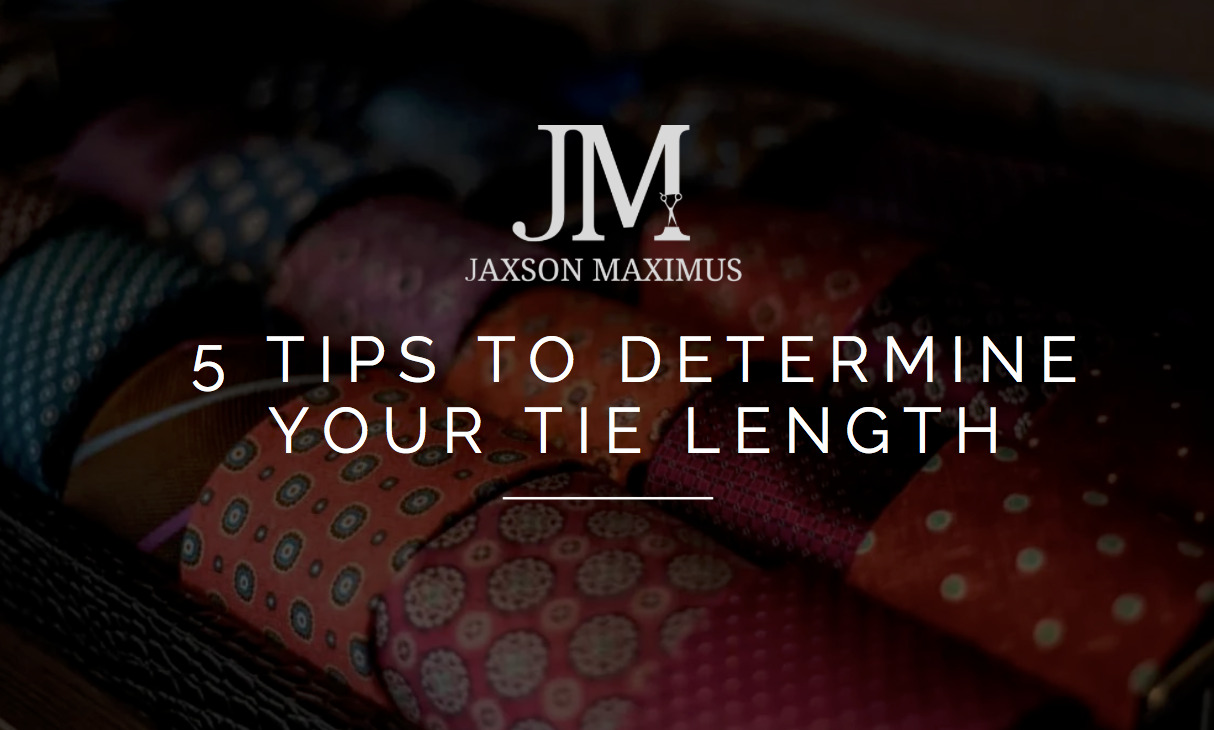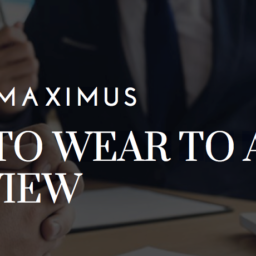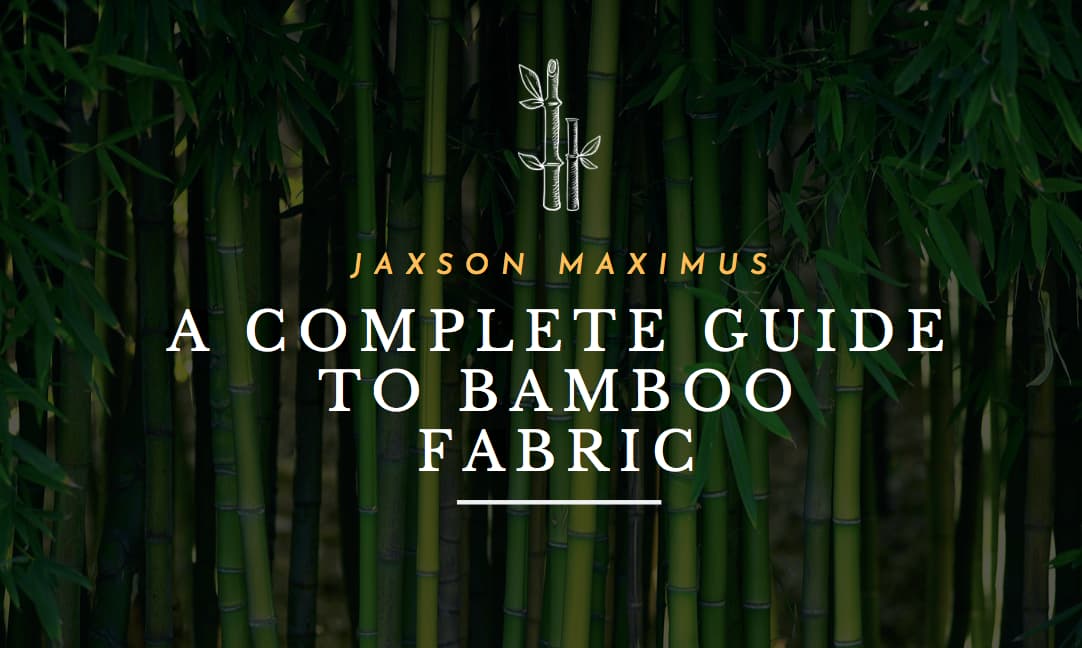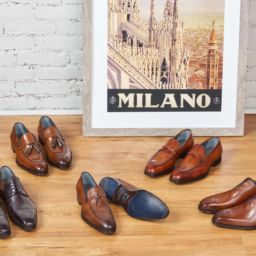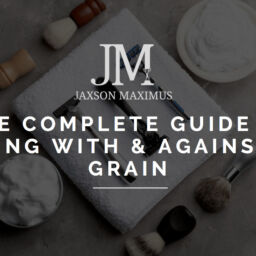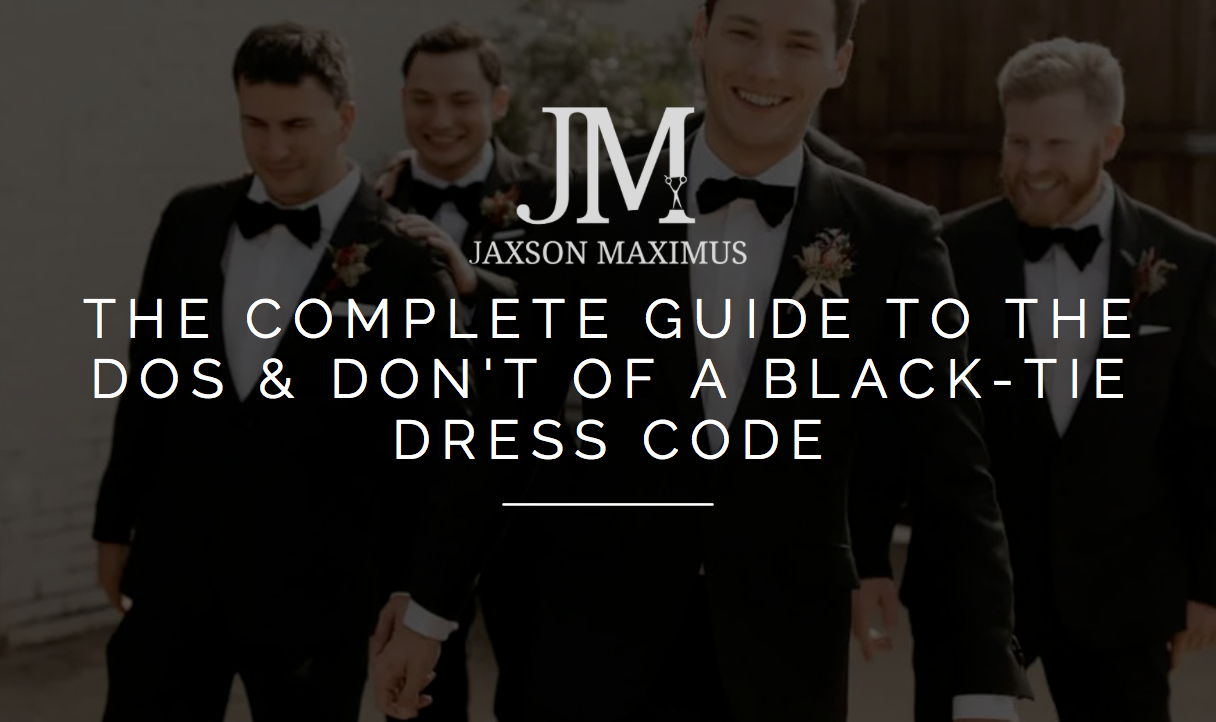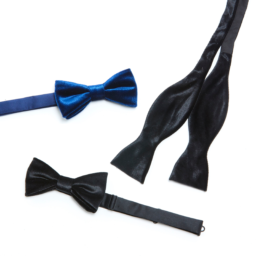
Just like your jackets, the fit is everything when it comes to looking for your garments. The biggest problem we see with off the rack clothing is that it does not correctly fit. Unless you are the manufactures exact specifications, the garment is going to need some alterations.
At Jaxson Maximus, your fit is our specialty. With a team of some of the best custom clothiers in the industry, we create a superbly fitted garment that is made exclusively for you. While our specialty is custom clothing, below is a great guide prepared by our Jaxson Maximus clothing team that will give you some great tips on how a suit pant should properly fit.
HOW SUIT PANTS SHOULD PROPERLY FIT YOU
Waist
Your suit’s dress pants are constructed to sit parallel to the floor and at the top of your hipbone for maximum comfort and mobility. The biggest variable in the waist of your pants is the variable of how flat your stomach is. If your stomach is not flat, this will cause issues that will need to be remedied through alterations by a good tailor. The larger the stomach protrudes from the waistline, the more the tailor will have to lower the front waistband and, in some cases, the back waistband to achieve a good fit.
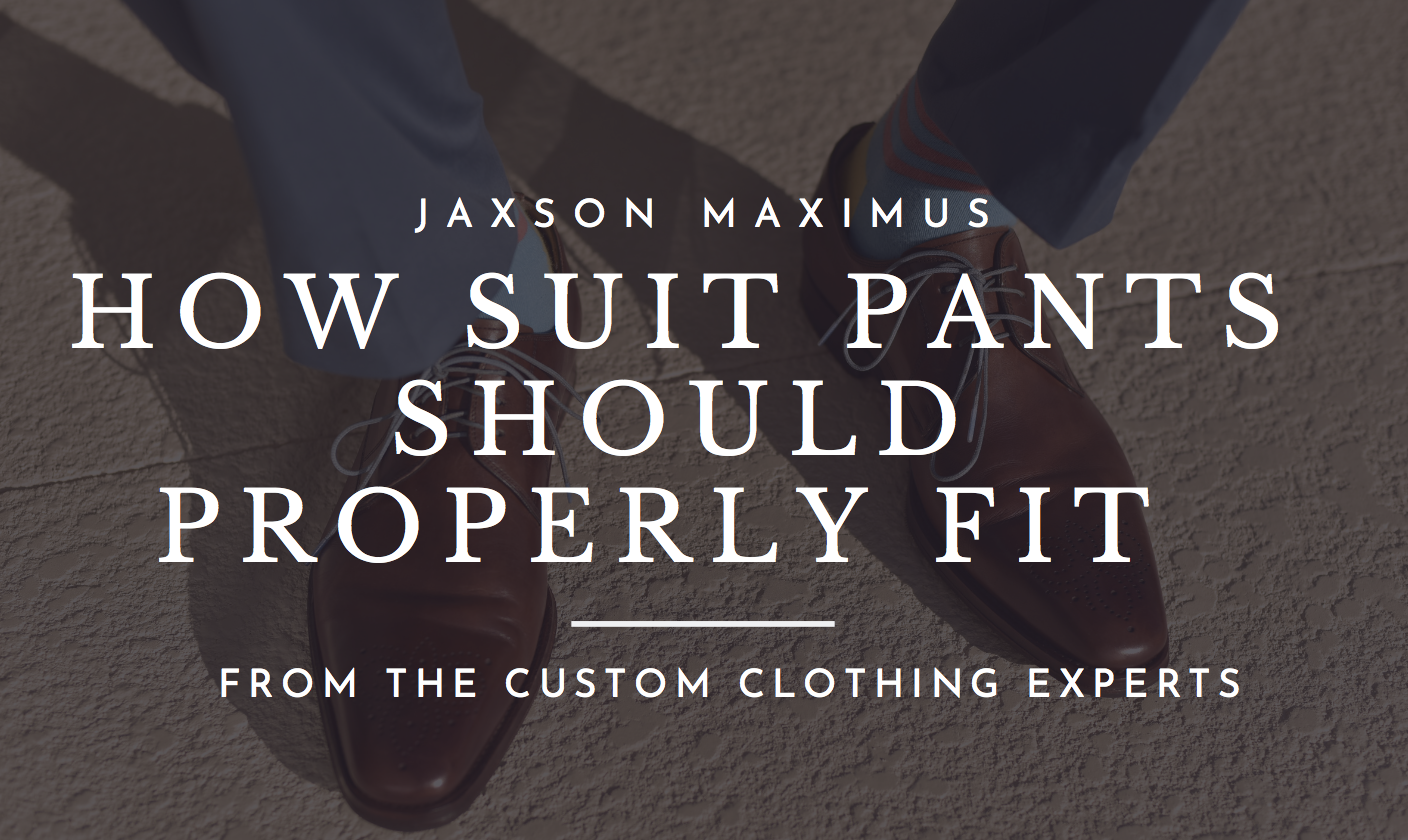
HIPS
When standing in your normal relaxed position, your pants hips should lay without excess on the sides and without pulls across the front or back. How your pants hips lay on you is in relation to the size of your buttock. Ready-to-wear pants are cut to fit a normal shaped buttock.
If you have a prominent buttock, you will have to make adjustments, which can include releasing the hips and even lowering the front waistband to get them to fit. If you have a flat buttock, adjustments will be necessary, including reducing the hips in the back and or the sides.
LENGTH
The length of your pant comes down to your personal preference. A general rule for today’s pant length is to have the pant’s hem cut so it falls 1″ above the dress shoe’s heel. If choosing a no-cuff option, we suggest you have the tailor cut the bottoms on a bias with the front of the pant to be ½” shorter than the back, which will reduce the break on the front of your dress shoe.
THIGH
The amount of cloth over a thigh depends on the pant’s style and your preference. A flat front pant is cut with less cloth than a pleated pant. When standing and looking at your pant from the side, the amount of cloth that exists over your skin thigh can be adjusted.
In general, if wearing a flat front pant, you want to have no more than 3″ of cloth total over the largest part of your thigh. If wearing pleated pants, you want to have no more than 5″ over the largest part of your thigh. If there is excess or not enough cloth over your thigh, adjustments may be necessary by your tailor.
CALF
The amount of cloth that drapes over your skin calf depends on the pant’s style and your preference, just like the thigh. As a general rule for a flat front pant, when standing and looking at your pant from the side, look to have no more than 2″ of cloth over your skin calf. If it’s a pleated pant then look to have no more than 3″ of cloth to drape over your skin thigh. If there is excess or not enough cloth over your calf, adjustments may be necessary by your tailor.
Discover Our Custom Clothing services
We also offer custom outwear, jeans, and accessories. See our pricing and packages for custom clothing or our Custom clothing FAQ page.
@jaxsonmaximus isn’t just a destination where you can get a haircut 💈 and a custom suit, it’s a lifestyle destination. Where we combine sophistication, luxury & Miami’s ultimate man cave & roll it into unlimited possibilities. Remember always #keepithandsome 😉

@jaxsonmaximus isn’t just a destination where you can get a haircut 💈 and a custom suit, it’s a lifestyle destination. Where we combine sophistication, luxury & Miami’s ultimate man cave & roll it into unlimited possibilities. Remember always #keepithandsome 😉 ...
@jaxsonmaximus isn’t just a destination where you can get a haircut 💈 and a custom suit, it’s a lifestyle destination. Where we combine sophistication, luxury & Miami’s ultimate man cave & roll it into unlimited possibilities. Remember always #keepithandsome 😉

@jaxsonmaximus isn’t just a destination where you can get a haircut 💈 and a custom suit, it’s a lifestyle destination. Where we combine sophistication, luxury & Miami’s ultimate man cave & roll it into unlimited possibilities. Remember always #keepithandsome 😉 ...
@jaxsonmaximus isn’t just a destination where you can get a haircut 💈 and a custom suit, it’s a lifestyle destination. Where we combine sophistication, luxury & Miami’s ultimate man cave & roll it into unlimited possibilities. Remember always #keepithandsome 😉

@jaxsonmaximus isn’t just a destination where you can get a haircut 💈 and a custom suit, it’s a lifestyle destination. Where we combine sophistication, luxury & Miami’s ultimate man cave & roll it into unlimited possibilities. Remember always #keepithandsome 😉 ...
Allow our expert team to guide you in picking the finest details for your special wedding suit. From soft details to bold statements just your dream and we’re here to help you feel & look your best on your special day. 🤵🏼#miamiwedding #miamiweddingphotography #miamicustomshirts

Allow our expert team to guide you in picking the finest details for your special wedding suit. From soft details to bold statements just your dream and we’re here to help you feel & look your best on your special day. 🤵🏼#miamiwedding #miamiweddingphotography #miamicustomshirts ...
Our experienced in-house tailors and custom clothing stylists are at your service. They will provide you with professional advice and ensure all of your garments are expertly altered.

Our experienced in-house tailors and custom clothing stylists are at your service. They will provide you with professional advice and ensure all of your garments are expertly altered. ...
One of our favorite custom looks that we have ever done Bill G. Wears a custom made skull print pants and red jacket designed by @christianboehm3
Discover the custom experience @jaxsonmaximus
#customclothing #dapper #suits #brickell #miami #customsuit #mensstyle #mensfasion #bespoke #customtuxedo

One of our favorite custom looks that we have ever done Bill G. Wears a custom made skull print pants and red jacket designed by @christianboehm3
Discover the custom experience @jaxsonmaximus
#customclothing #dapper #suits #brickell #miami #customsuit #mensstyle #mensfasion #bespoke #customtuxedo
...


